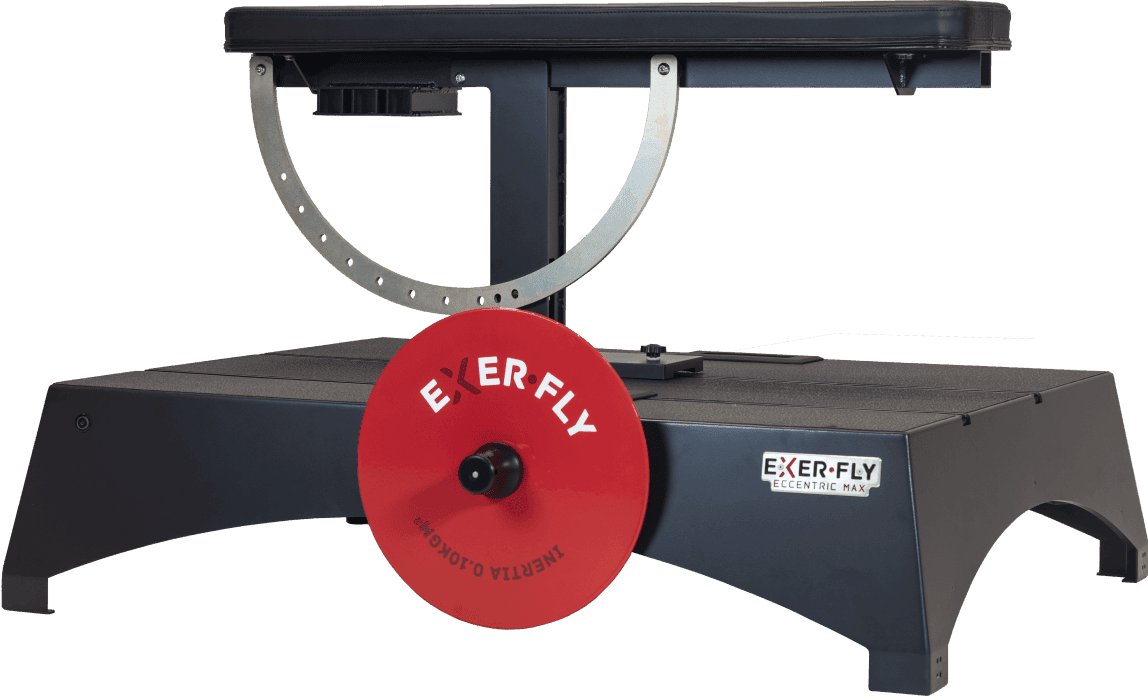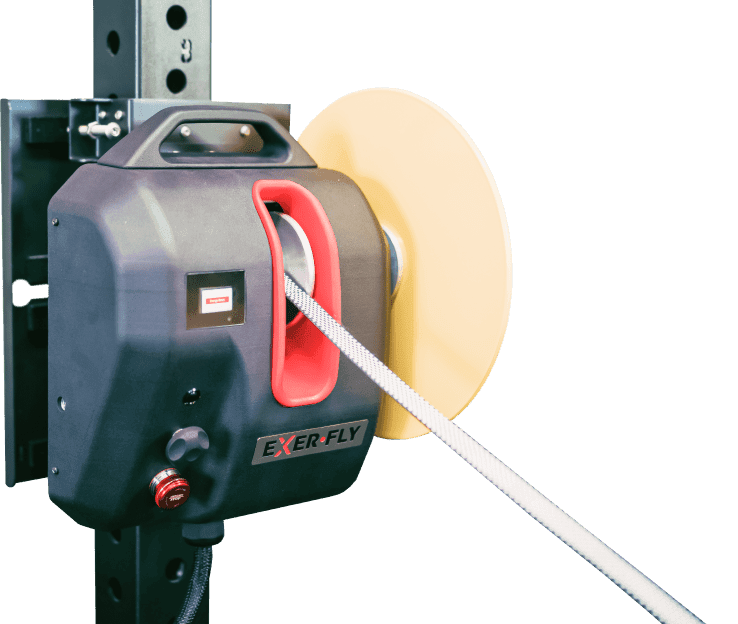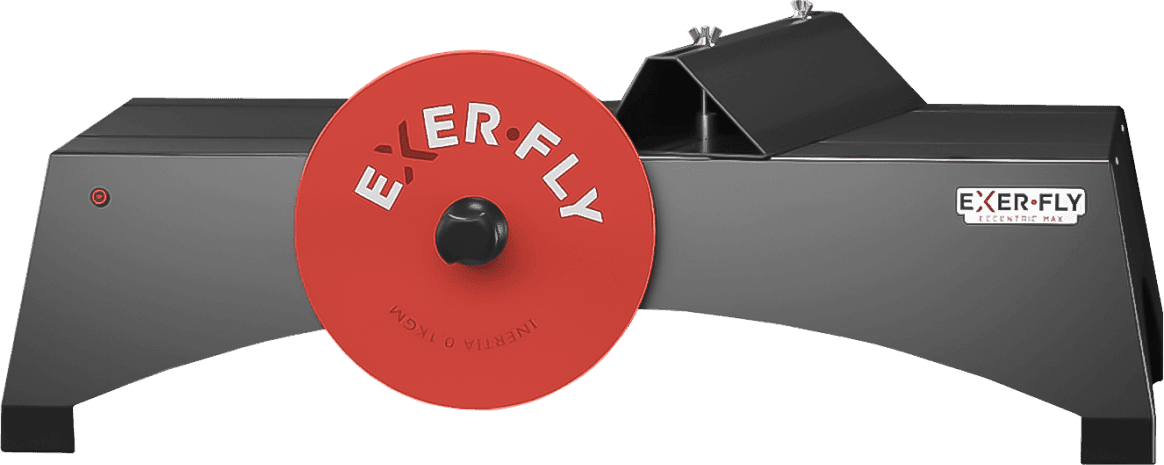
Eccentric Flywheel Post-Activation Potentiation Influences Swimming Start Performance Kinetics
Introduction
The start of a competitive swim is a combination of explosive movements performed to boost the swimmer from the starting block into the water using an optimal steering strategy: fast reaction time, significant jump power, high take-off velocity, and low hydrodynamic drag during entry.
A fast start is quintessential for competitive swimming success in sprint events. However, adopting a rear-weighted body position rather than getting off as quickly as possible seems to be the preferred approach by elite swimmers to achieve a high impulse at take-off.
The post-activation potentiation (PAP) is a method that has been used during warm-ups in many competitive sports. PAP is a phenomenon where a muscular contraction (the conditioning exercise) leads to short-term improvement in the subsequent muscular action.
This study aimed to assess the effects of a PAP conditioning exercise based on eccentric flywheel maximal repetitions in the strength-related variables of a swim start.
What They Did
Two conditions were randomly tested:
- USUAL: performed after a standard warm-up and determined by averaging three swimming starts performed with one leg positioned on the back plate, i.e., kick start.
- PAP: same warm-up performed in the USUAL condition and followed by PAP inducement through five repetitions on an eccentric flywheel.
The PAP conditioning exercise focused on lower limb muscles, allowing the realization of a motion very similar to the actual starting action. The trial expressing the highest value of the resultant velocity of every swimmer was identified, and all the related variables were extracted from the three kick starts performed in the USUAL condition to compound a new category.
This best trial (PEAK) gathered the best outcomes obtained from each subject across standard trials (regardless of the trial in which they were performed) and was compared with the PAP condition with the intent of detecting if a start using PAP may be faster than the fastest quickest start that a swimmer could do without PAP.
Thirteen competitive swimmers participated in this study. After six minutes of rest, swimmers performed three kick starts with 6 min intervals. In the study of Cuenca-Fernandez et al. (2015), eight minutes of rest were given between the PAP conditioning exercise and test.
However, for this study, only six minutes of rest were given between PAP and swim start testing, as some literature has shown as acceptable for dissipating fatigue while activation still exists.
In the second condition, warm-up followed by repetitions in eccentric flywheels were replicated according to Cuenca- Fernandez et al. (2015). The initial position consisted of the same position performed by swimmers on the starting block, with the same front/behind placing of lower limbs.
What They Found
- No differences were found for reaction time, movement time, or block time in any of the comparisons between USUAL and PAP (p > 0.1). However, the values after the PAP condition were lower than in the PEAK (PAP trial: 624.39 ± 58.60 N vs. PEAK trial: 700.58 ± 30.99 N.
- Peak vertical force values were higher after the PAP condition than after the USUAL, but no differences were found when performance after the PAP condition was compared with the PEAK. A trend close to showing significance was detected comparing PAP and the PEAK (p = 0.059), as subjects achieved the highest values of the test after the experimental condition.
- Resultant impulse values did not show differences between any of the three conditions. Resultant velocity values were higher for the PAP trial in comparison to the USUAL (p = 0.028) but not compared with the PEAK. Results for vertical acceleration and power (peak) at the PAP trial achieved the highest value of the test, but the differences only were found compared with the USUAL).
The results suggest that swimmers who possess greater maximum force and specific rate of force development at absolute and relative levels tend to achieve faster velocities at take-off and to swim faster in the initial meters of a swim start performance.
Swimmers experienced a change in performance by generating more vertical force and velocity, which contributed to transferring this improvement to the total resultant movement.
In this study, no improvements were observed after PAP for any horizontal variables derived from the force plates: ground reaction forces, acceleration, and impulse (average and peak). On the other hand, vertical forces improved due to the PAP stimulation, which was transferred to all the dependent variables of vertical force (average & peak).
Considering that the improvement in performance seen after PAP is very specific to the task used as a condition of warm-up, it can be argued that the lack of improvement in the horizontal direction might be a consequence of a PAP conditioning exercise with a predominance of vertical movement.
These results seemed to show some constraints directly derived from the conditioning exercise, possibly due to the asymmetric feet emplacement while executing the exercise.
However, in future training, an adaptation to the flywheel set up, allowing swimmers to adopt a more horizontal position, should be considered to ensure fast movements in the horizontal plane.
Practical Application
This study revealed that swimming start performance could be improved after five maximal repetitions conducted on a flywheel device as a result of enhancements in the vertical components of the force of the lower limbs' action.
The PAP warm-up produced increments in the vertical forces and was transferred to a higher resultant velocity at take-off. If you are a coach or competitive swimmer looking to implement flywheel training into your program, book a free consultation with our team, and we can discuss how Exerfly can help you progress in your fitness journey.
Reference
Francisco Cuenca-Fernández, Gracia López-Contreras, Luis Mourão, Karla de Jesus, Kelly de Jesus, Rodrigo Zacca, J. Paulo Vilas-Boas, Ricardo J. Fernandes & Raúl Arellano (2018): Eccentric flywheel post-activation potentiation influences swimming start performance kinetics, Journal of Sports Sciences






